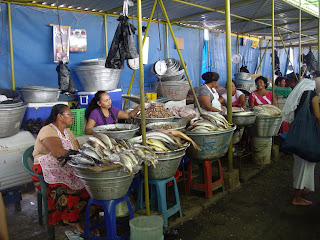Lured by the chance of riches and fame, explorers and
adventures alike have searched for lost cities for centuries. The three most infamous remaining lost cities
are Atlantis, El Dorado, and The
City of Z. I use the word infamous
as their search has claimed many lives and fortunes in attempts to prove them
real. Present day seekers point to Pompeii found buried in Italy or Machu Pichu discovered high
in the Andes as proof that these missing cites are authentic.
A new form of travel has taken over as agency and guides
tout “Extreme” vacations. What better
way to spend your holiday than seeking fame and fortune. One has to wonder if these companies knew so
much about the cities locations why they would want to share it with a bunch of
tourists?
Guided tours aside, countless books and films have been
written on the whereabouts of each.
However, if you are really intent on making the discovery it will take
research, drive, patience and most of all, a lot of luck. For those who want to chase these illusive
settings I will wish you happy hunting and good fortune.
Following is a brief description and history of the three
lost cities.
1.
Atlantis – The oldest of the
recorded lost cities. Mentioned first by
Plato circa 360 BC, it was originally deemed to be merely more Greek
mythology. However, in recent times the
possibility of the lost city has taken on new life. All
who believe can agree that it is submerged somewhere between Europe and North
America, but that is where the agreements end.
Recent books have it located anywhere from below the Bahamas to the
under the Arctic Ocean. With today’s
modern ocean mapping and sonar technology the possibility of its existence
grows more and more remote.
2.
El Dorado – The city of gold. This legendary city has taken on more of the
myth status than the rest. Ever since Cortez
burned his ships the city has remained hidden in a cloak of smoke and
mystery. Originally said to be near Guatavita Lake
in Bogata, Europeans searched without success throughout the 15th, 16th and 17th
centuries. Does it exist? Only time with tell. Countless
Aztec temples have been unearthed throughout Central America. With many more mounds identified as possible
ancient ruins, is it not possible one is made of gold? Is it not possible they could either extend
or start in Columbia?
3. City of Z – This city is so lost
that it does not even have an official name, but only a letter. Named or my aptly marked by the early
nineteenth century English explorer and geographer Colonial Percy Fawcett, it
remains undiscovered. Presumed to be
deep in the jungles of South America. A
recent book written by David Gann has brought renewed interest in the
search. In fact his book alludes to the
fact that it has actually been found by a Professor who has been working in the
area for years. However, even if the
area identified is correct, it is yet unearthed and beckons treasure hunters to
further their search for the gems hidden in the rain forest.










